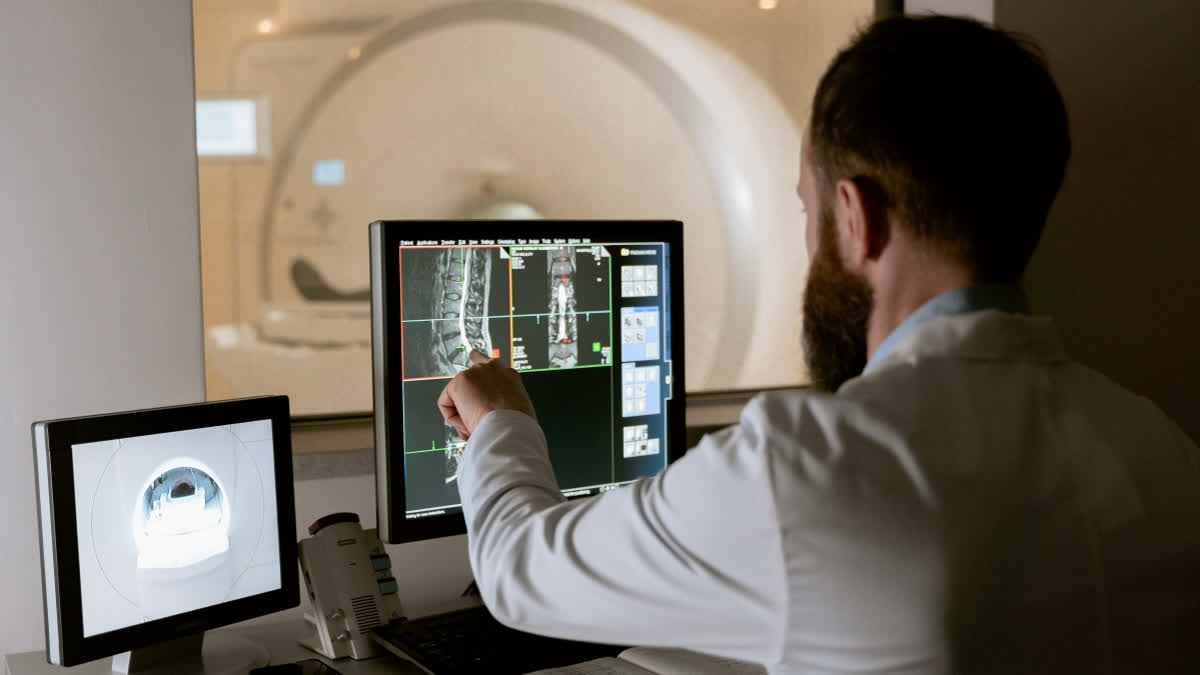Pittsburgh (Pennsylvania) [US]: Adults lose the ability to naturally repair injury to the bones that make up the top of the skull, unlike newborn mice and young newborns. Researchers at the University of Pittsburgh created a novel strategy that boosted bone regeneration in mice without the implantation of bone tissue or biomaterials in a recent study that was published in Proceedings of the National Academy of Sciences.
The method gently stretches the skull along its sutures, activating skeletal stem cells that are found in these wiggly seams, using a device resembling an orthodontic wire used to straighten teeth. The procedure restored injury to the skull in adult mice that would not have healed naturally without it.
"Our approach is inspired by babies because they have an amazing ability to regenerate bone defects in the calvarial bones that make up the top of the skull," said senior author Giuseppe Intini, D.D.S., Ph.D., associate professor of periodontics and preventive dentistry at the Pitt School of Dental Medicine, member of the McGowan Institute for Regenerative Medicine and an investigator at UPMC Hillman Cancer Center. "By harnessing the body's own healing capacity with autotherapies, we can stimulate bone to heal itself. We hope to build on this research in the future to develop novel therapies for people."
Also read:Novel way to reduce harmful side effects of antibiotics found
Trauma, congenital defects and surgery to treat cancer or other diseases are common causes of damage to the skull. After people reach the age of about 2 years, such injuries don't heal on their own. "In babies, the calvarial bones are not completely fused, so the sutures where stem cells reside are still open," said Intini. "We wondered whether the unfused sutures had something to do with the bone regenerative capacity observed in babies and hypothesized that we could reverse engineer this in adults by mechanically opening the sutures to activate the stem cell niche and boost stem cell numbers."
In mice - which have very similar skull development to humans - the researchers used a so-called bone distraction device to carefully apply a controlled pulling force to the calvarial bones, strong enough to slightly widen the sutures but not enough to cause a fracture. Using single-cell RNA sequencing and live-imaging microscopy, they found that the number of stem cells in the expanded sutures of these animals quadrupled. As a result, mice treated with the device regenerated bone to heal a large defect in the skull.
"If you can effectively activate the stem cell niche, you can increase the number of stem cells and sustain regeneration of bone defects," said Intini. "Remarkably, we showed that the defect can heal even if it's away from the suture." Although the approach was effective in healing skeletally mature 2-month-old mice, the age that roughly translates to young adulthood in humans, it did not work in 10-month-old, or middle-aged, rodents.
"In older mice, the quantity of stem cells in calvarial sutures is very low, so expanding this niche is not as effective in boosting healing capacity," Intini explained. "Overcoming this challenge is a focus of research to come." Current treatments for damage to the skull are usually bone grafts or implantation of biomaterials that act as scaffolds for bone regeneration, but these approaches are not always effective and come with risks, said Intini. (ANI)
